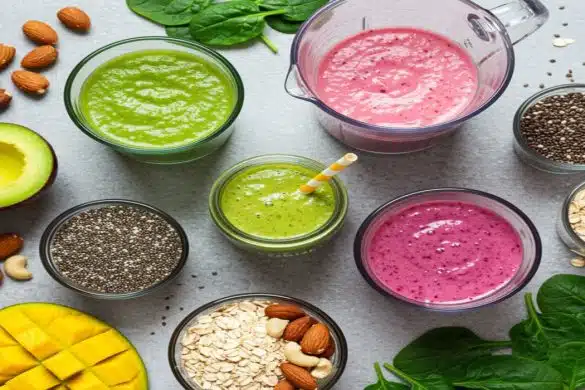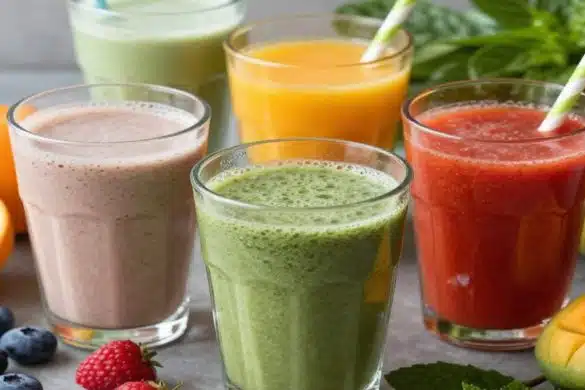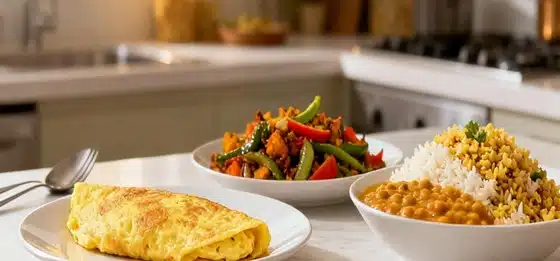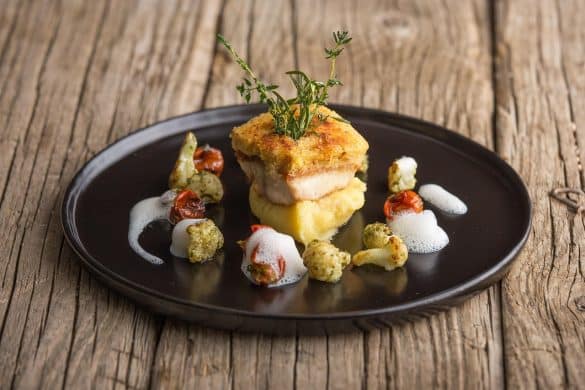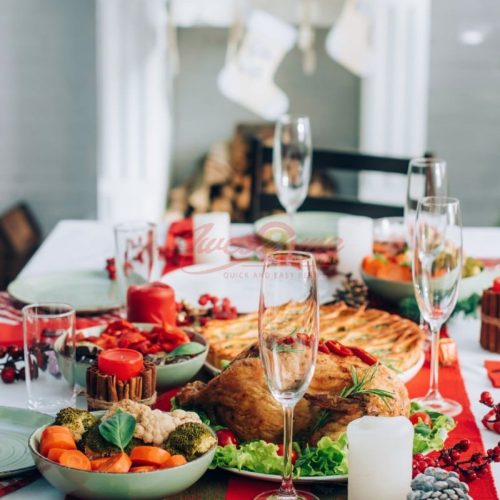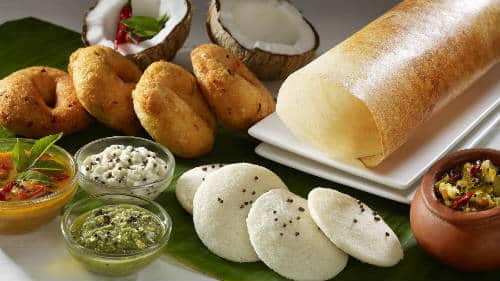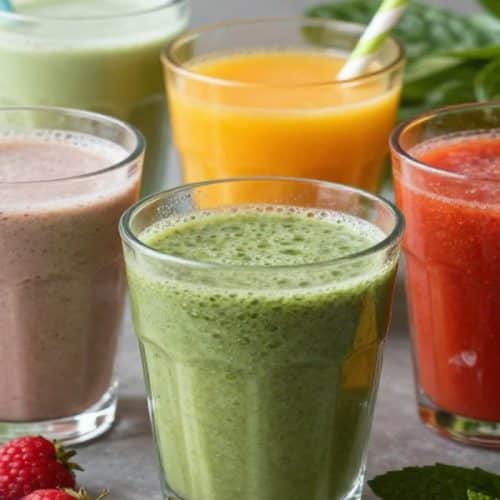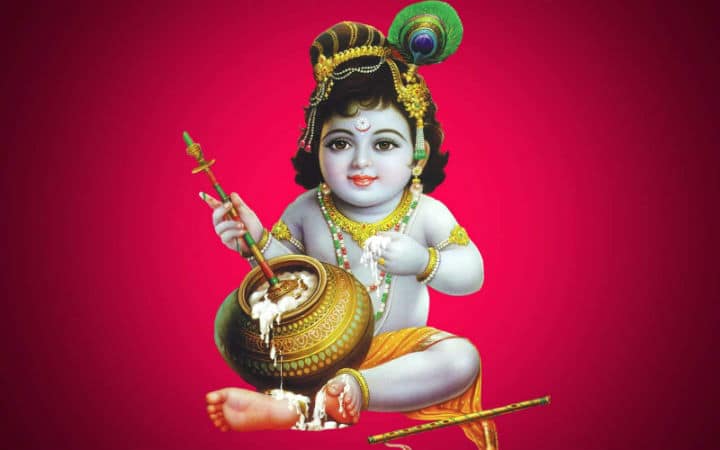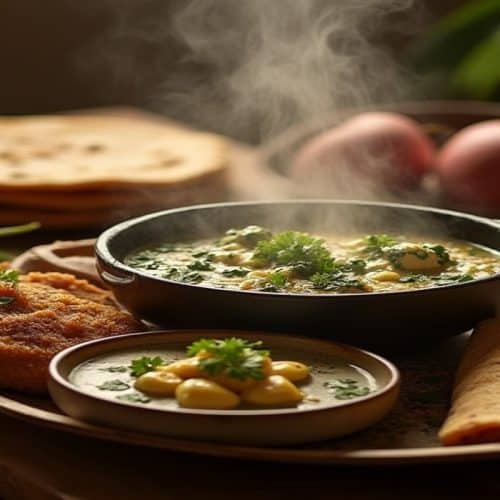Walk into any Indian home, and it will instantly awaken your senses – the crackle of mustard seeds in hot oil, the warm scent of cumin, or the comforting smell of roti puffing up on the flame.
But behind every mouthwatering dish is a set of time-tested tools that make it all possible. Indian cooking isn’t just about spices and recipes – it’s also about the utensils that bring those elements to life. Whether it’s the Tawa that perfectly crisps a dosa, or the Pressure Cooker that softens dals in minutes, each tool plays a critical role in the rhythm of daily cooking.
In this blog, we’re diving into 11 essential Indian kitchen utensils – what they’re used for, why they matter, and how they shape the taste and texture of some of your favourite dishes.
11 Must-Have Indian Kitchen Utensils to Boost Your Culinary Experience
Every piece of cookware in an Indian kitchen holds a significant role in creating authentic Indian dishes. They are selected with thorough consideration, focusing on functionality, durability, and the type of food being prepared. Here’s a list:
1. Tawa – Essential for Indian Flatbreads
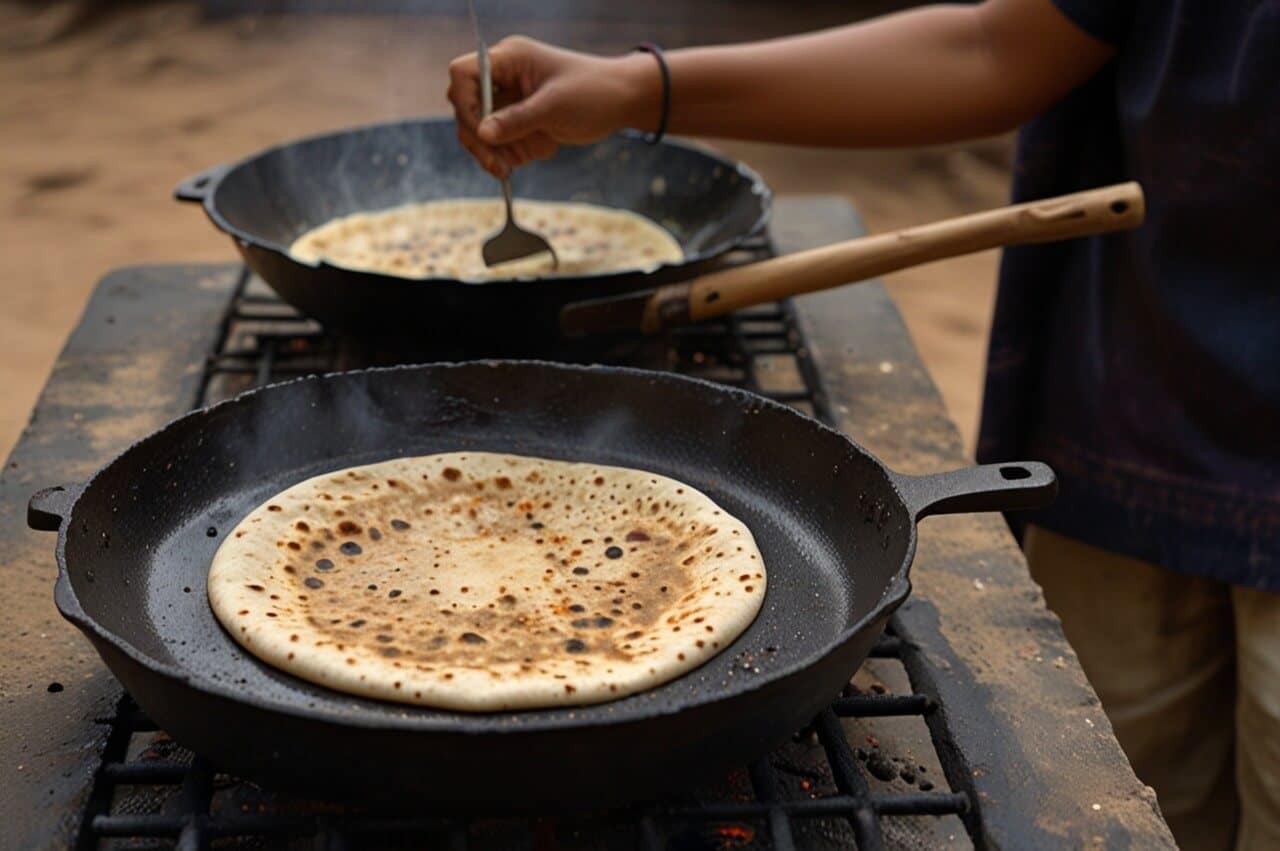
Tawa
From the Tawa Pulao to fluffy rotis, none of these favourite Indian dishes would be possible without our trusty Tawa.
This round, slightly concave cooking pan, traditionally made from cast iron or aluminium, plays a foundational role in Indian kitchens, especially for making flatbreads.
The Tawa is a staple in Indian kitchens, essential for making a variety of flatbreads like rotis, parathas, and cheelas. Its ability to distribute heat evenly ensures perfectly puffed rotis and crisp, golden parathas. Beyond breads, the Tawa is also used for reheating food, roasting spices, and making savoury pancakes, making it one of the most versatile tools in Indian cooking.
More than just cookware, the Tawa holds emotional and cultural value in Indian homes. Often passed down through generations, a well-seasoned Tawa carries the flavours and memories of family meals.
2. Pressure Cooker – Versatile and Time-saving
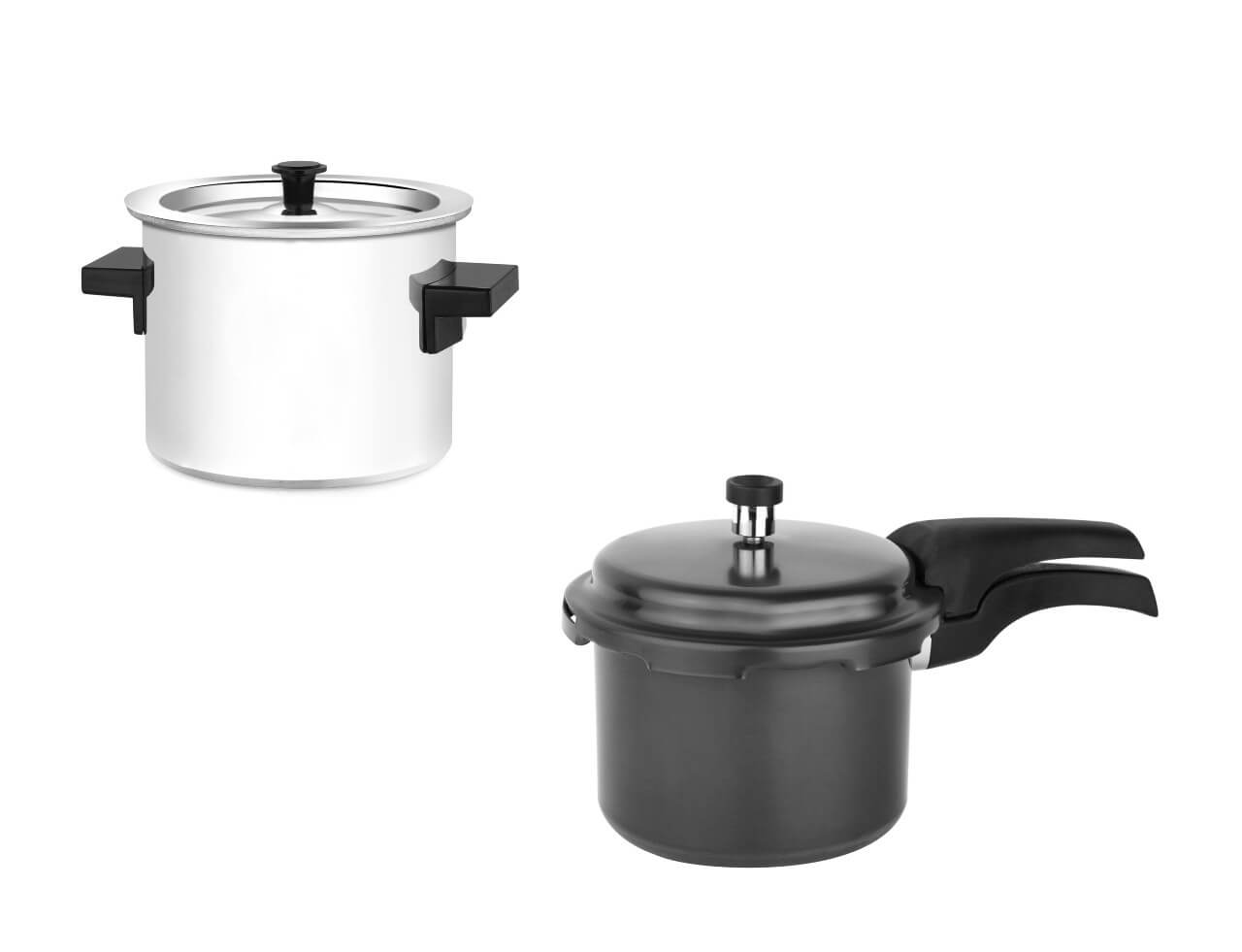
Illustration of pressure cookers
For an Indian kitchen, a pressure cooker is not merely a utensil – it’s a time-saving wonder.
It uses steam built up in a sealed pot to cook food faster than traditional methods. As pressure increases, so does the boiling point of water, cutting down cooking time significantly.
This allows it to quickly cook lentils, rice, chickpeas, and meats – perfect for dishes like dal, biryani, or Chana Masala. It saves time without compromising flavour or nutrition, making it ideal for everyday meals.
Its versatility shines through – it’s used to steam, sauté, and even slow cook. With multiple dishes to prepare for each meal, this one-pot wonder is a true kitchen workhorse.
The familiar whistle of a pressure cooker is a daily ritual in many Indian homes – a comforting sound that signals a meal in the making. A symbol of tradition, nourishment, and family, no Indian kitchen feels complete without it.
3. Kadai – Perfect for Frying and Curries
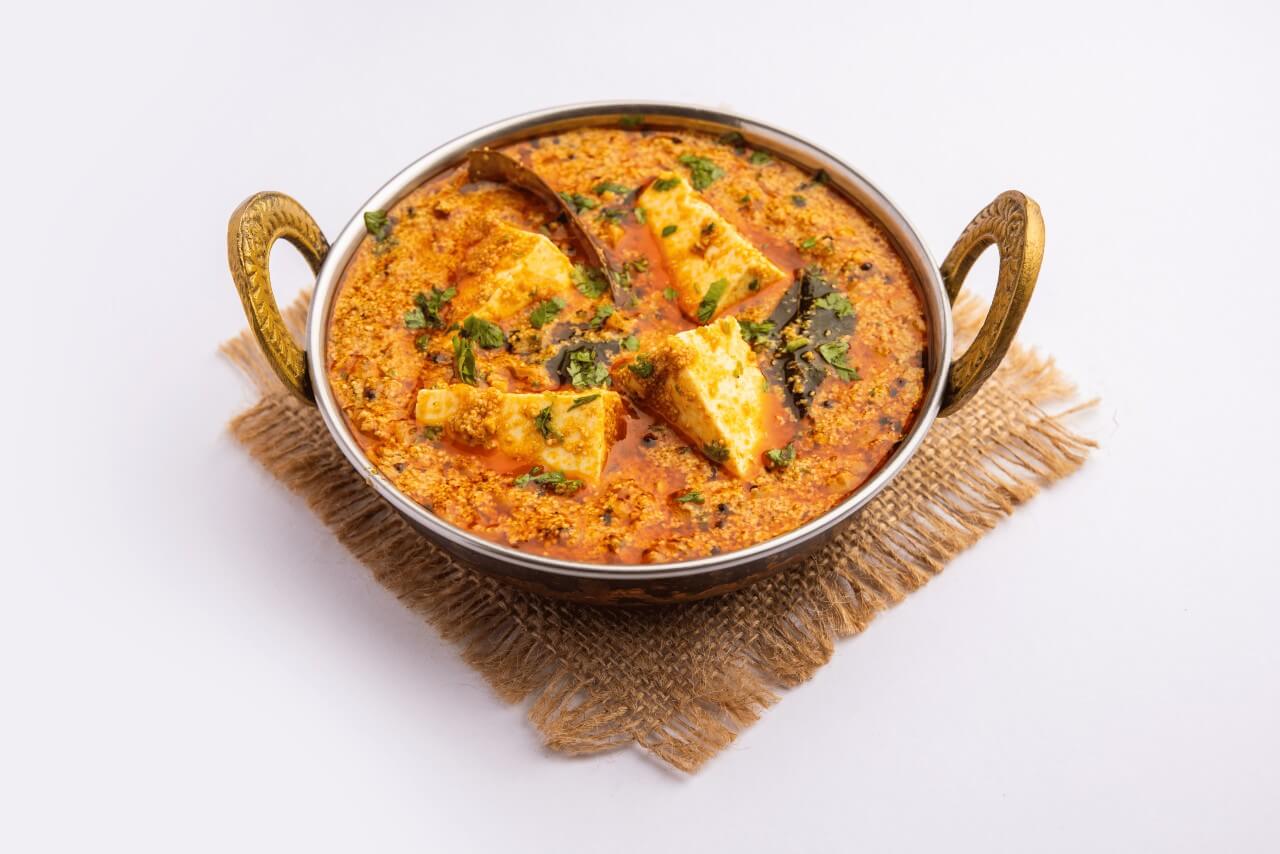
Kadai
One cannot look past the Kadai while talking about essential Indian cookware, especially when you think of the mouth-watering dishes it is capable of creating.
It is a deep, round-bottomed cooking pot native to Indian kitchens, similar to a wok but heavier and deeper. Traditionally made from cast iron or stainless steel, it’s built for high-heat cooking with excellent heat retention and even distribution.
The Kadai is a multitasker – perfect for deep-frying snacks like samosas and gulab jamuns or simmering rich, spiced curries. Its deep sides allow food to cook evenly and move freely while frying, giving that perfect golden finish. Beyond frying, it’s ideal for sautéing, stir-frying, or slow-cooking gravies and stews. Whether it’s a quick vegetable stir-fry or a slow-simmered kadai chicken, the Kadai does it all with ease.
The Kadai is woven into everyday Indian cooking traditions. From daily dinners to festive feasts, it’s a trusted symbol of hearty, home-cooked food across Indian homes.
4. Chakla and Belan – For Perfect Rotis Every Time
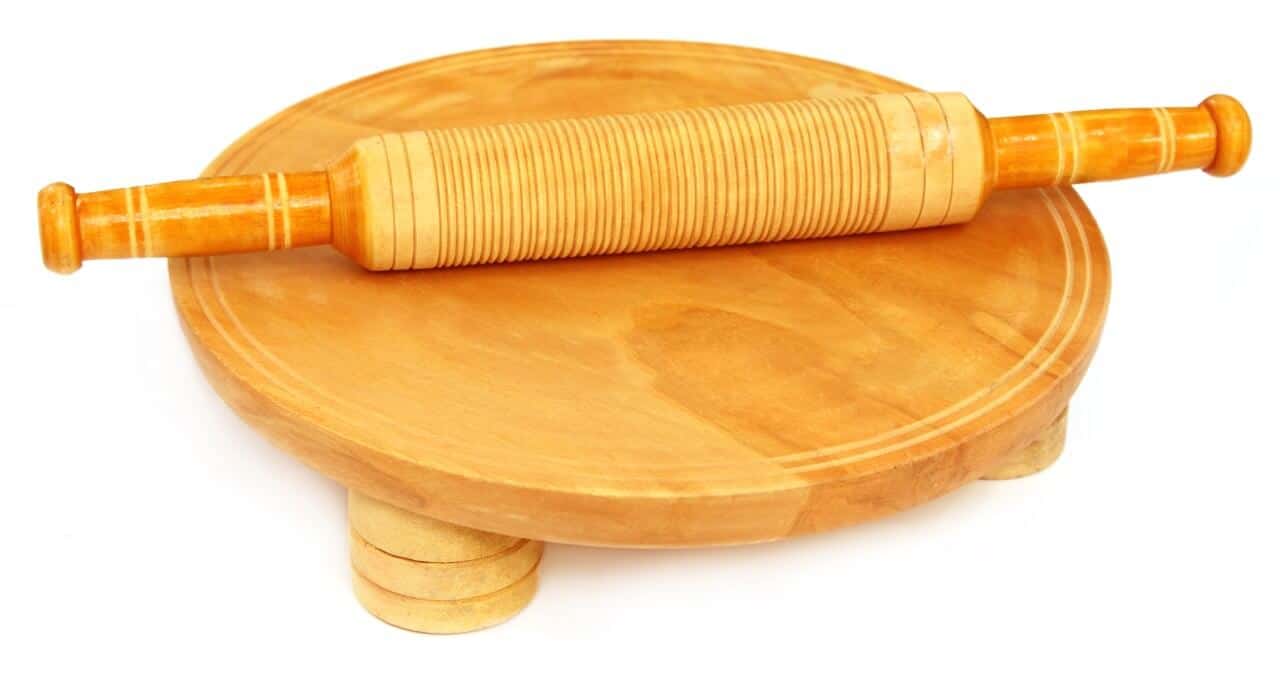
Chakla and belan
The Chakla (rolling board) and Belan (rolling pin) are iconic tools in every Indian kitchen. The Chakla is a round, flat base made of wood or marble, while the Belan is a slim, lightweight rolling pin that offers precise control. Together, they form the perfect duo for rolling out Indian flatbreads.
Used daily to prepare rotis, chapatis, puris, and more, the Chakla provides a stable, easy-to-clean surface for rolling dough. The Belan glides effortlessly, helping shape thin, uniform breads essential to Indian meals.
Beyond flatbreads, many home cooks also use this combo to roll out dough for snacks, sweets, and even pasta or pizza bases.
Their rhythmic use is part of daily life – a quiet reminder of home, heritage, and the joy of handmade food.
5. Thali – Plate for Serving Indian Meals
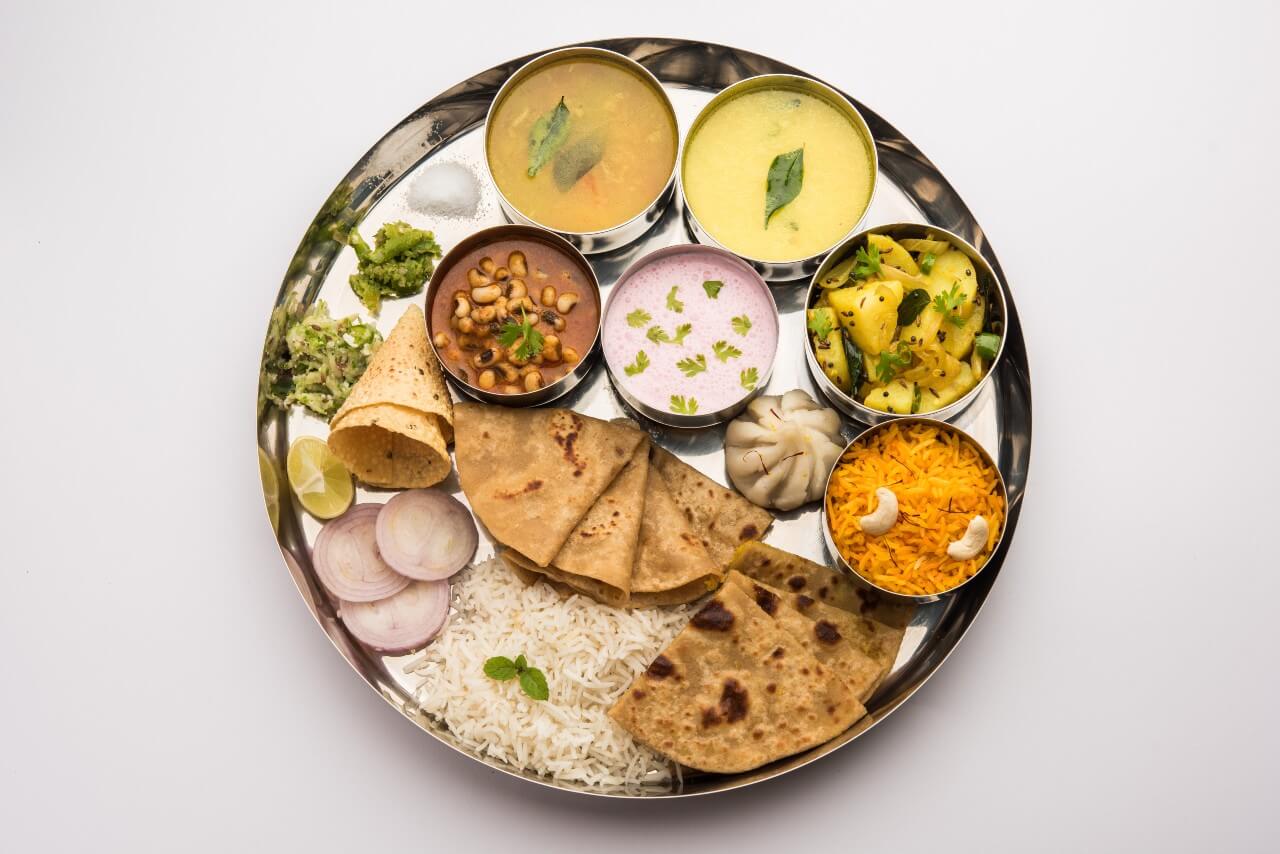
Thali
A Thali is a large, round platter – traditionally made of stainless steel or brass – used to serve a complete Indian meal. It often comes with small bowls (katoris) arranged around the plate, each holding a different dish to create a balanced, flavourful spread. In other words, it is not just a plate; it’s a canvas that holds an array of vibrant foods, playing on colours, textures, and tastes, to offer a complete meal
Each component is placed in its designated space, offering all six tastes – sweet, salty, bitter, sour, astringent, and spicy – in one sitting. It encourages balanced eating and portion control, all while enhancing the visual and sensory appeal of the meal.
No wonder the Thali celebrates variety and abundance, making it a cultural symbol of nourishment, tradition, and the joy of shared meals.
6. Katori – Small Bowls for Curries and Dals
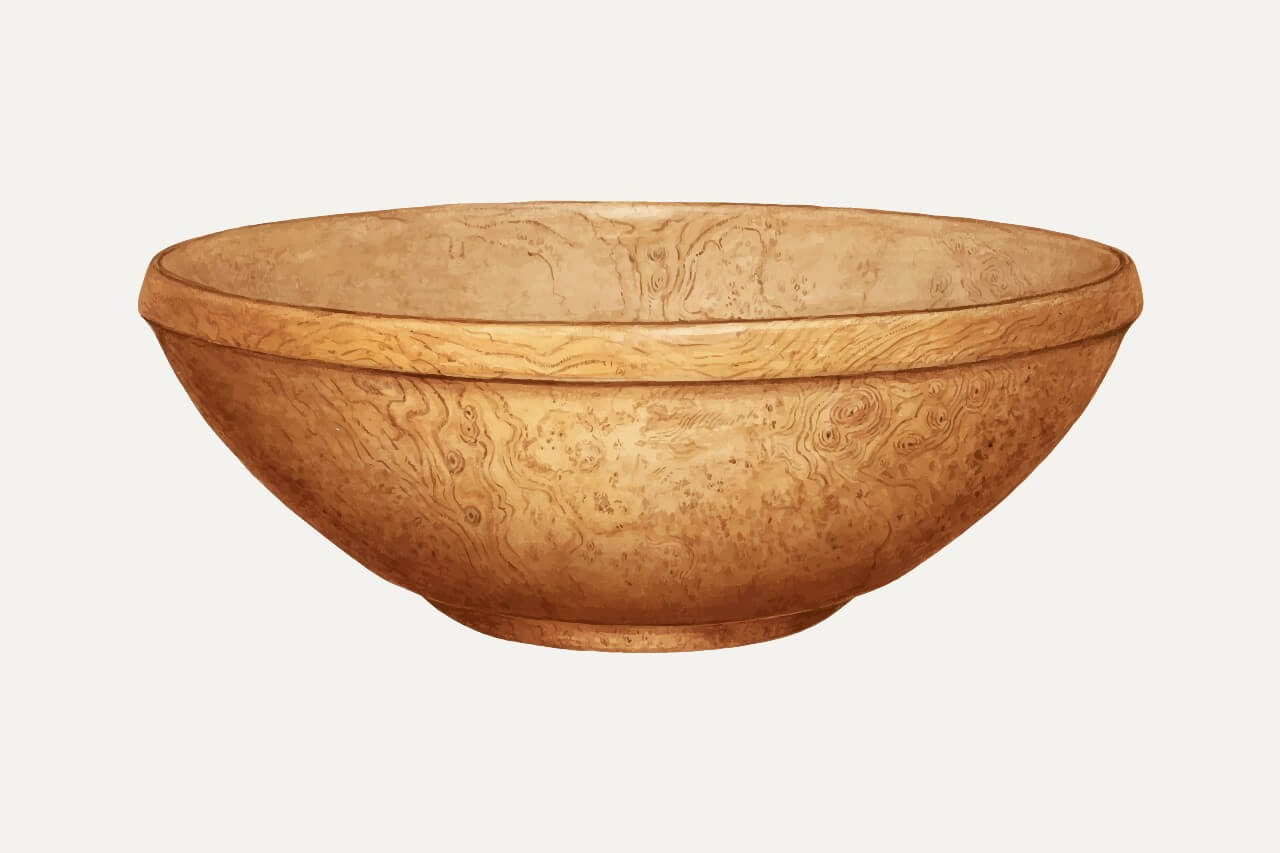
Katori
A Katori is a small, round bowl traditionally used in Indian dining to serve dals, curries, chutneys, and desserts. Made from stainless steel, brass, or even silver, it’s crafted to neatly hold liquid or semi-solid dishes without spillage.
Placed within a Thali, Katoris help organise different components of the meal, keeping gravies separate from dry items. Their compact shape ensures easy portioning, and they elevate both the presentation and practicality of traditional Indian meals.
They bring harmony to the meal, highlighting variety and encouraging balance. In many households, ornate or heirloom Katoris are used during festivals and celebrations, turning everyday meals into cultural experiences steeped in tradition.
7. Brass Cups – For Serving Traditional Beverages
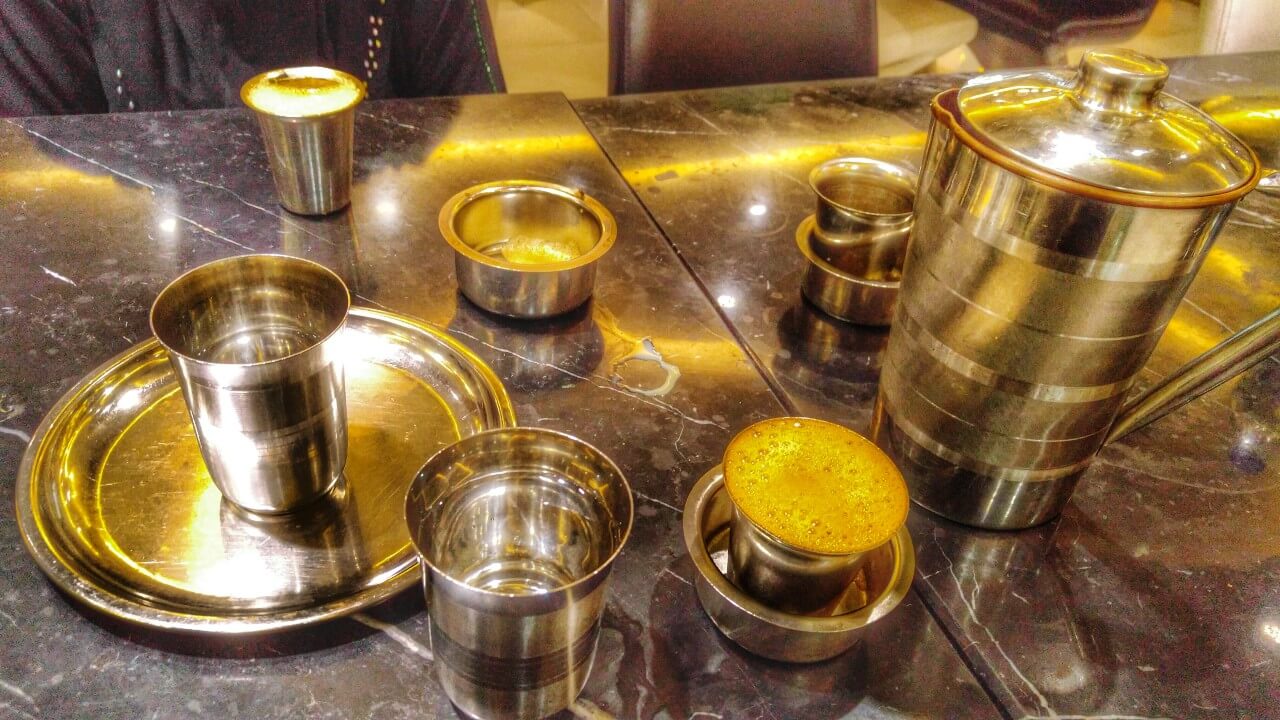
Brass cups
Brass cups are traditional Indian drinkware, crafted from a mix of copper and zinc, known for their durability and timeless charm. Whether in the classic form or as a handled brass mug, they offer both utility and elegance.
These cups are commonly used to serve traditional beverages like lassi, buttermilk, or even tea and coffee in their mug variants. Beyond everyday use, they’re also ideal for storing water, tapping into the Ayurvedic belief that brass-enriched water aids digestion, boosts immunity, and balances the body’s doshas.
Often passed down through generations, they reflect India’s holistic approach to health and mindful living. Their gleaming finish and vintage appeal also make them a favourite for festive gifting or as a statement piece in a traditional kitchen.
8. Clay Chai Cups – Enhancing the Flavour of Tea
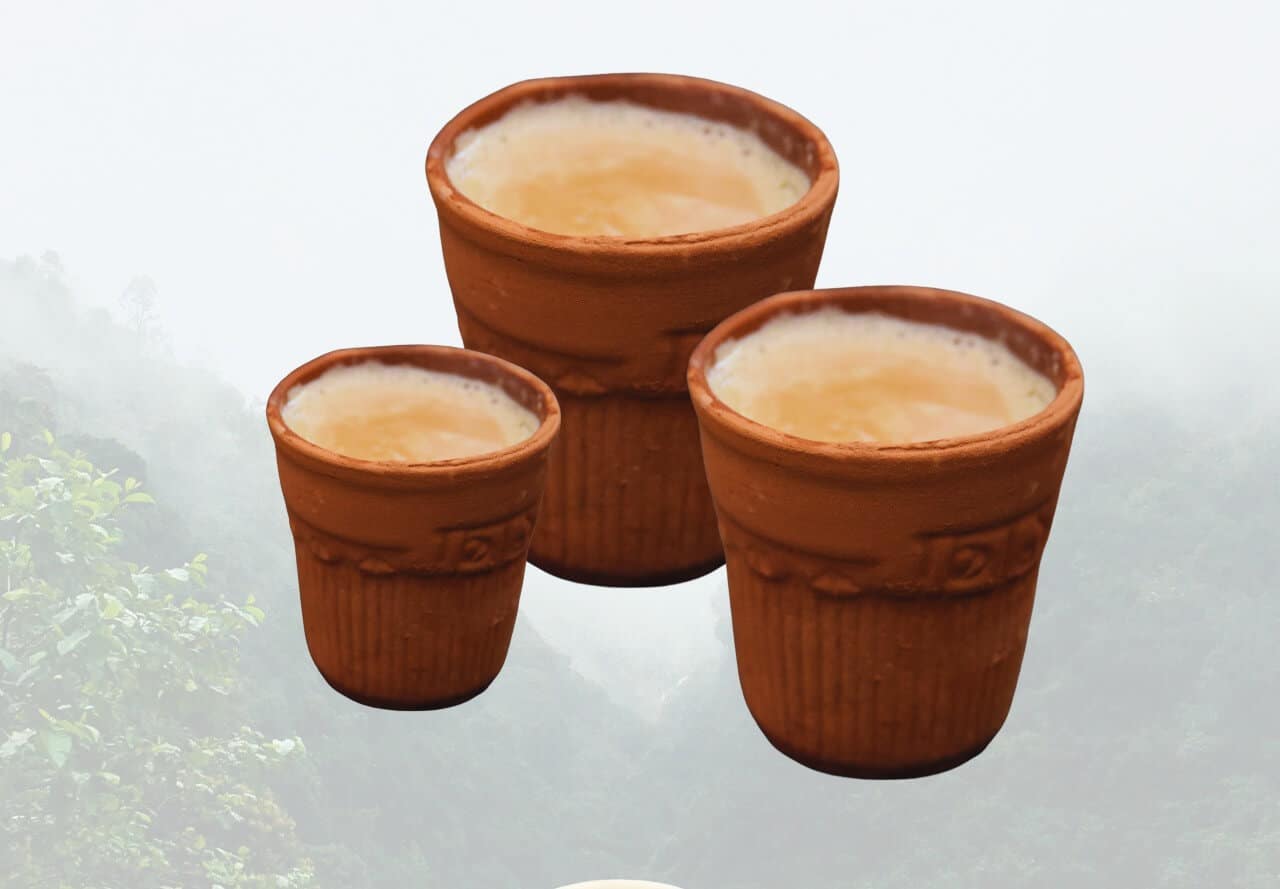
Clay chai cups
Clay Chai Cups – often called Kulhads – are unglazed, eco-friendly cups made from natural clay. Traditionally used across India to serve hot beverages like chai, they are biodegradable, chemical-free, and rooted in age-old sustainable practices.
Perfect for piping-hot tea, these porous cups retain heat while subtly infusing an earthy aroma into the drink. The alkaline nature of clay also helps neutralise acidity, making the beverage gentler on the stomach. Often used as single-use cups, kulhads are a hygienic and environmentally conscious alternative to plastic or paper.
Kulhads evoke the charm of roadside tea stalls and village hospitality. They connect modern tea lovers with traditional Indian roots, celebrating simplicity, sustainability, and the timeless ritual of sharing a hot cup of chai in Indian households.
9. Masala Dabba – Convenient Spice Storage
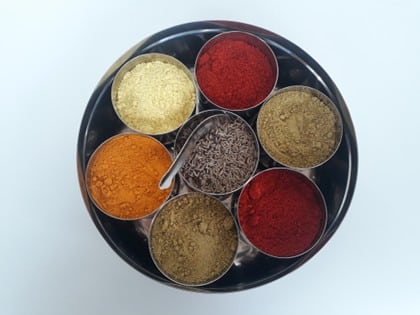
Masala Dabba
In an Indian kitchen, where each dish calls for a different combination of spices, the Masala Dabba or Spice Box is a culinary lifesaver.
Typically made of stainless steel, it contains several small round containers under one secure lid. Compact and functional, it keeps essential spices neatly organised and within easy reach.
Used daily in Indian kitchens, the Masala Dabba offers quick access to frequently used spices like turmeric, cumin, mustard seeds, and chilli powder. It keeps them fresh, dry, and accessible, eliminating the hassle of opening multiple jars and speeding up the cooking process.
This piece of tradition symbolises the heart of Indian cooking – flavour, tradition, and efficiency.
10. Mortar and Pestle – For Fresh Spices

Mortar and Pestle
The Mortar and Pestle is a traditional grinding tool made from materials like stone, wood, or brass. The bowl (mortar) and the club-shaped grinder (pestle) are designed for manually crushing and grinding ingredients.
Used for pounding whole spices and blending pastes like ginger-garlic, the tool releases essential oils that electric spice grinders often miss. It brings out deeper aroma and flavour, making spice blends more vibrant and authentic.
A symbol of handmade cooking, the Mortar and Pestle connects modern kitchens to centuries-old culinary traditions. This handy tool preserves the texture, aroma, and craftsmanship at the heart of Indian cuisine – one grind at a time.
11. Patila – Multipurpose Stainless Steel Pots
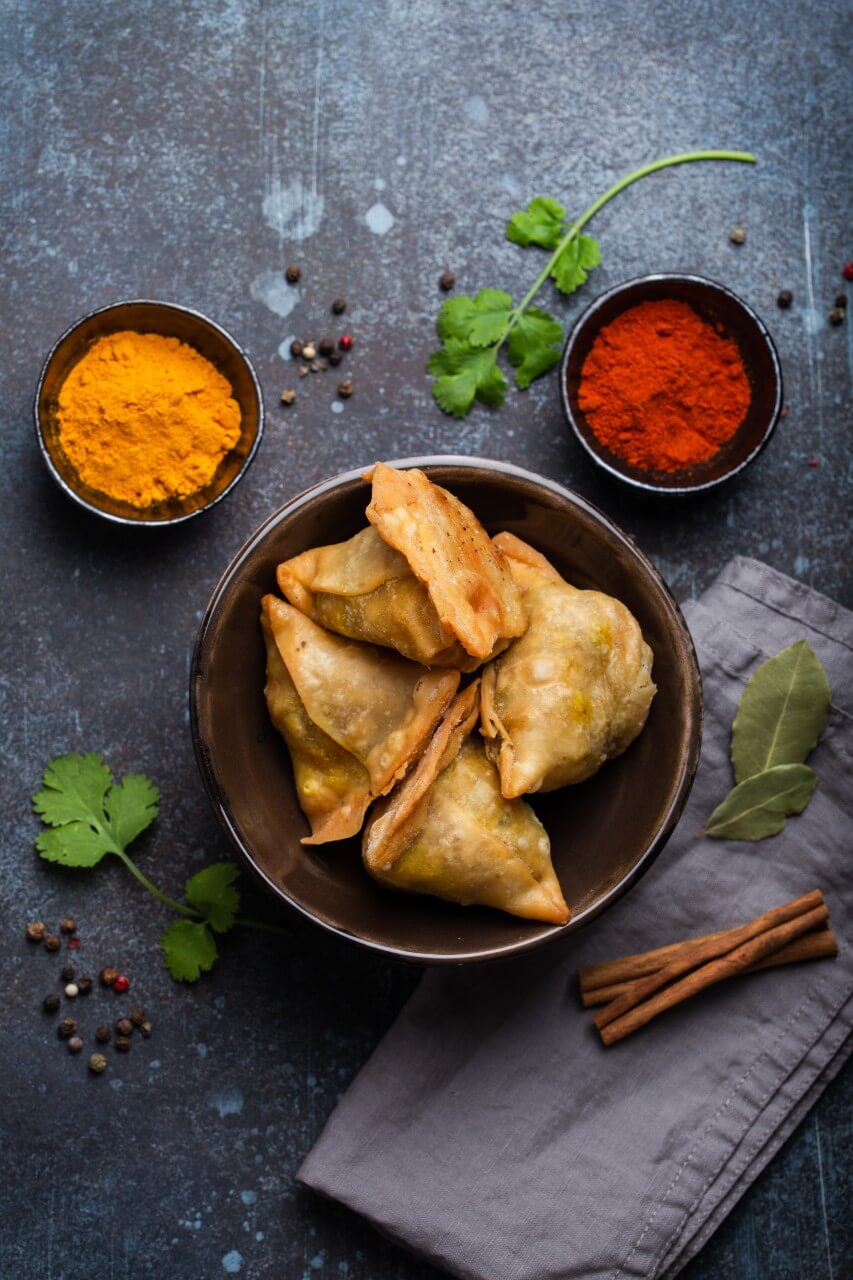
Patila
A Patila is a deep, wide-mouthed stainless steel pot, commonly used in Indian kitchens for boiling, simmering, and cooking large-batch meals. Known for its sturdy build and utility, it’s a staple in everyday cooking.
Ideal for boiling milk, cooking rice, making dals, or preparing gravies, the Patila distributes heat evenly and cooks food thoroughly. Its non-reactive stainless steel surface preserves flavor and makes it easy to clean – perfect for daily use.
Moreover, its durable, stackable design makes it a trusted, space-saving essential passed down through generations.
Conclusion
Every traditional Indian kitchen utensil is more than just cookware – it’s a legacy. From the iron Tawa to the humble Chakla-Belan, these tools preserve the authenticity, flavour, and health benefits of Indian cuisine. Crafted with ancestral wisdom and built for function, they connect us to our roots while elevating everyday meals.
By embracing these timeless essentials, we don’t just cook – we carry forward a rich culinary heritage, one delicious dish at a time.
Frequently Asked Questions
What materials are commonly used for Indian cookware, and their benefits?
Indian cookware commonly uses stainless steel, iron, brass, and clay as materials. Stainless steel is durable, non-reactive, and easy to clean. Iron utensils provide extra iron. Brass utensils add a unique taste and health benefits, while clay pots retain nutrients and offer an earthy flavour.
How do traditional Indian kitchen tools enhance the flavours in food?
Traditional Indian kitchen tools like a Kadai, Tawa, or clay pots distribute heat evenly and maintain a consistent temperature, enhancing the dish’s flavours. A tadka pan is essential for finishing many Indian dishes, allowing spices to bloom in oil. Tools like a mortar and pestle release natural oils from spices, adding depth to the flavour profile.
Which utensil is best for cooking?
The best utensil for cooking depends on the dish being prepared. Nevertheless, versatile utensils like a Stainless Steel Pot (Patila) for boiling and a Cast Iron Pan (Kadai) for deep frying or cooking curries are kitchen essentials for most forms of cooking.

